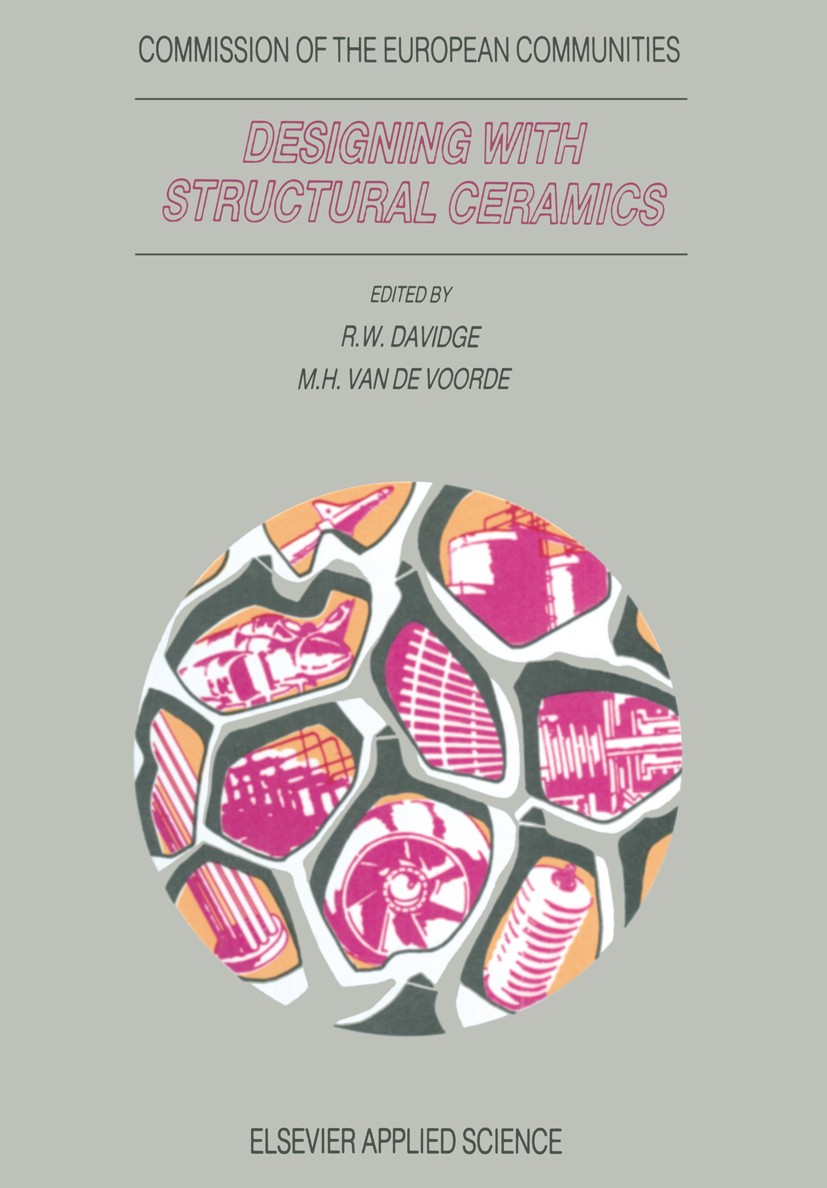| 书目名称 | Designing with Structural Ceramics | | 编辑 | R. W. Davidge (Consultant to the Commission of the | | 视频video | http://file.papertrans.cn/270/269066/269066.mp4 | | 图书封面 |  | | 描述 | The last 30 years have seen a steady development in the range of ceramic materials with potential for high temperature engineering applications: in the 60s, self-bonded silicon carbide and reaction-bonded silicon nitride; in the 70s, improved aluminas, sintered silicon carbide and silicon nitrides (including sialons); in the 80s, various toughened Zr0 materials, ceramic matrix composites reinforced with silicon 2 carbide continuous fibres or whiskers. Design methodologies were evolved in the 70s, incorporating the principles of fracture mechanics and the statistical variation and time dependence of strength. These have been used successfully to predict the engineering behaviour of ceramics in the lower range of temperature. In spite of the above, and the underlying thermodynamic arguments for operations at higher temperatures, there has been a disappointing uptake of these materials in industry for high temperature usc. Most of the successful applications are for low to moderate temperatures such as seals and bearings, and metal cutting and shaping. The reasons have been very well documented and include: • Poor predictability and reliability at high temperature. • High costs relati | | 出版日期 | Book 1991 | | 关键词 | cement; ceramics; composite; composite materials; mechanical properties | | 版次 | 1 | | doi | https://doi.org/10.1007/978-94-011-3678-5 | | isbn_ebook | 978-94-011-3678-5 | | copyright | ECSC, EEC, EAEC, Brussels and Luxembourg 1991 |
The information of publication is updating

|
|
 |Archiver|手机版|小黑屋|
派博传思国际
( 京公网安备110108008328)
GMT+8, 2025-11-14 05:54
|Archiver|手机版|小黑屋|
派博传思国际
( 京公网安备110108008328)
GMT+8, 2025-11-14 05:54


